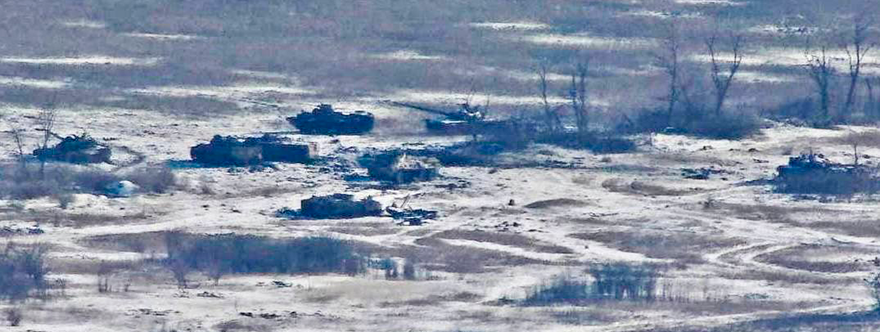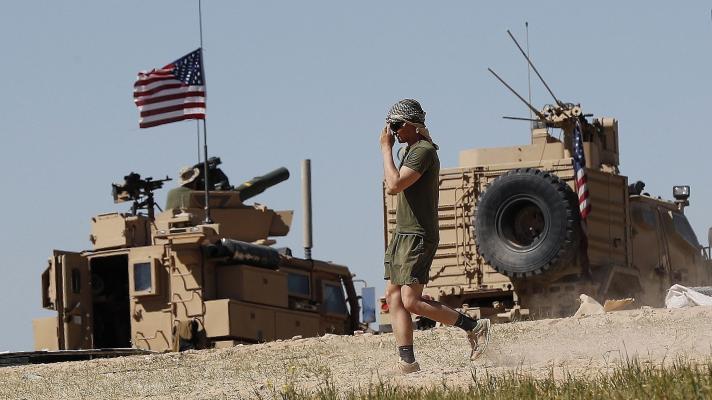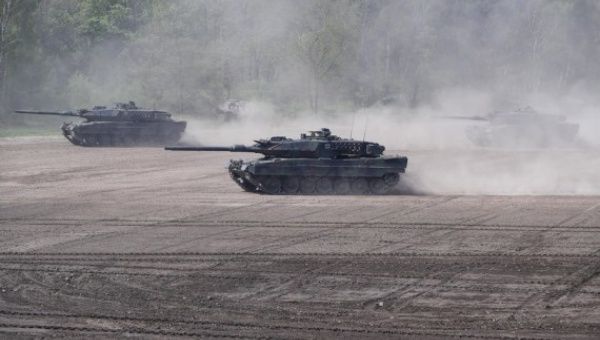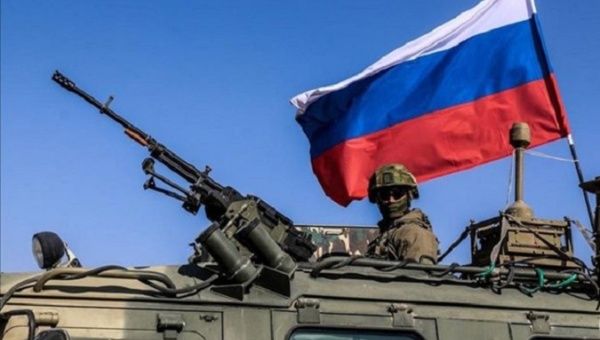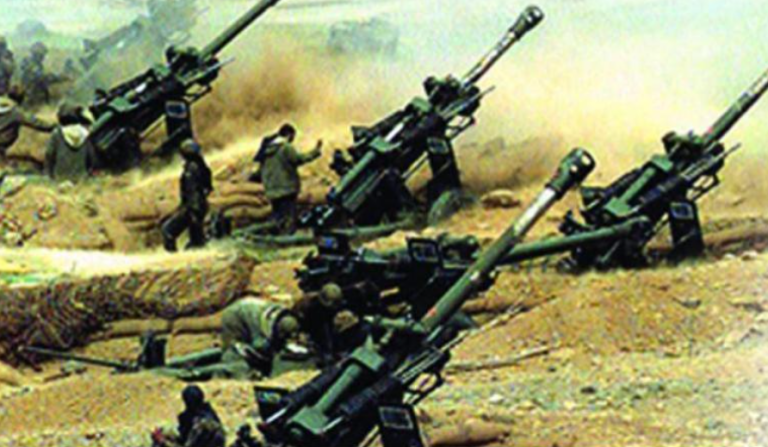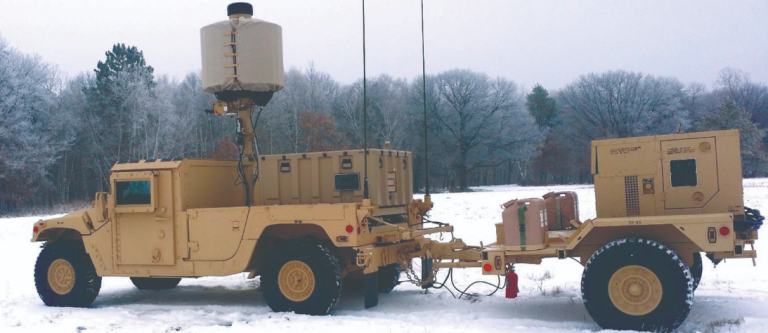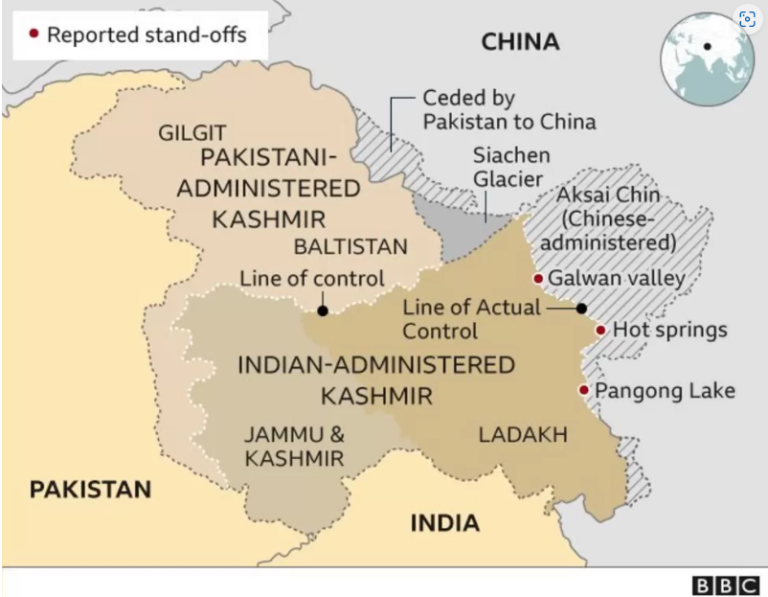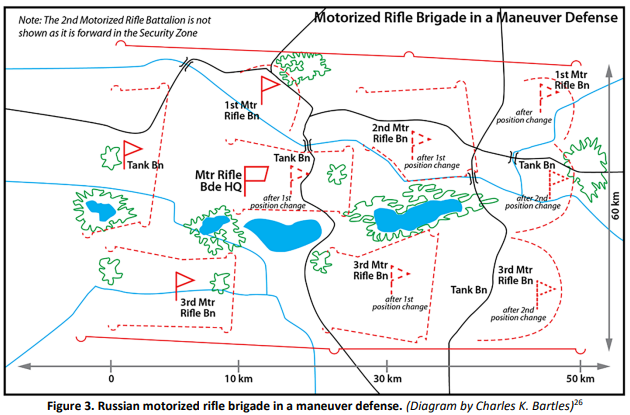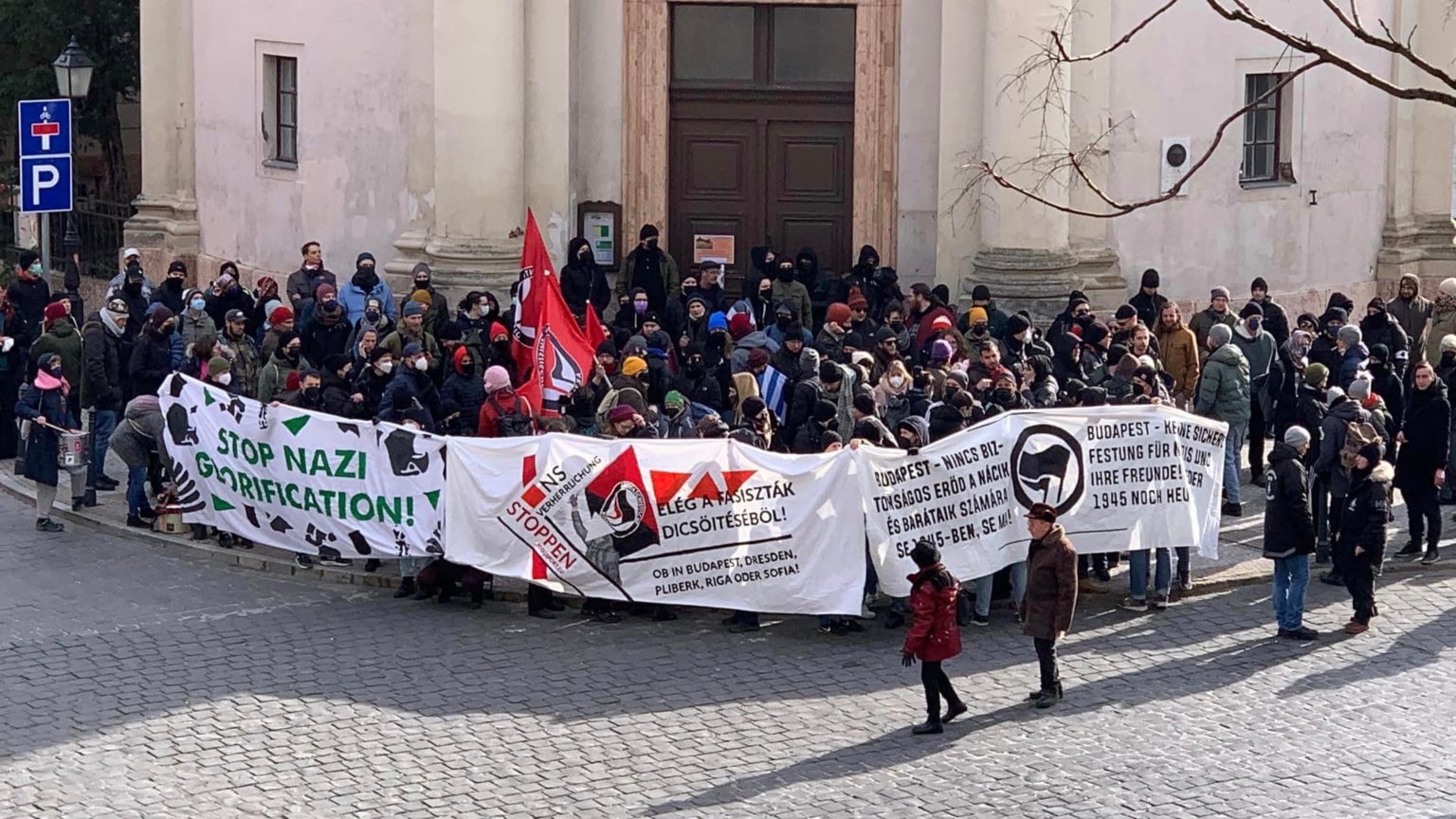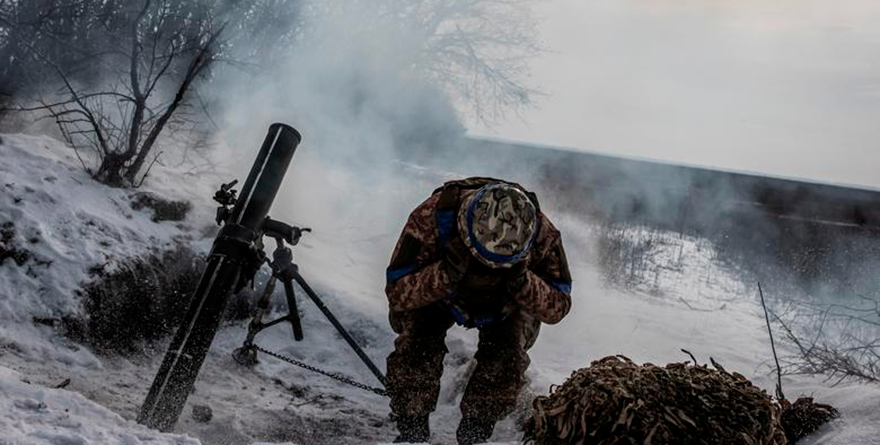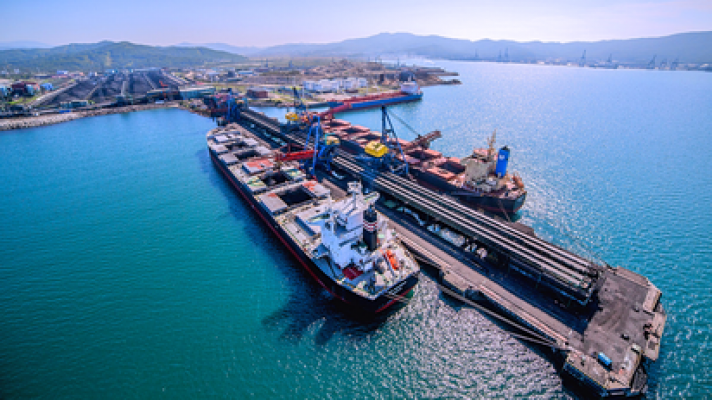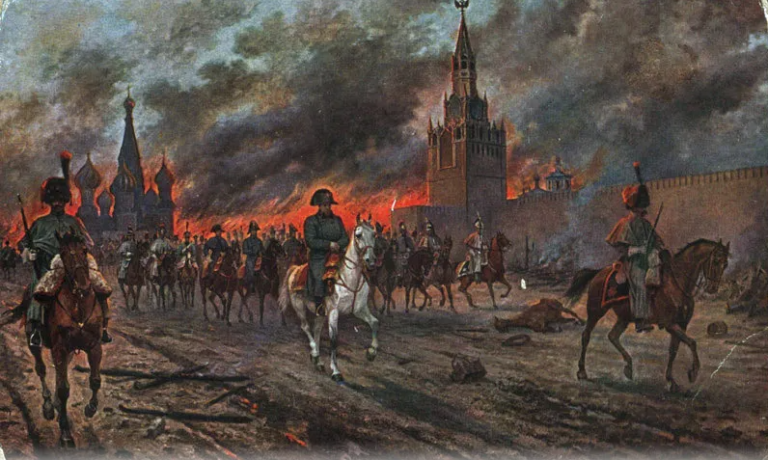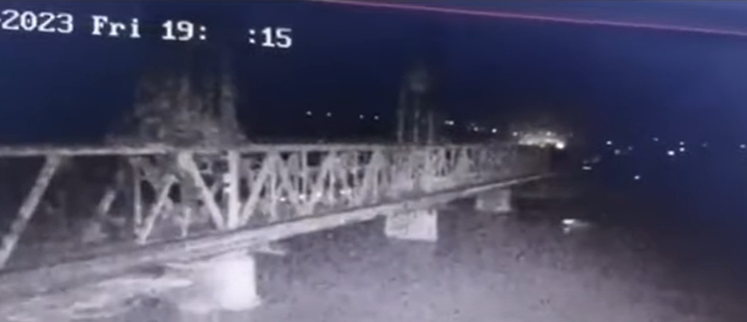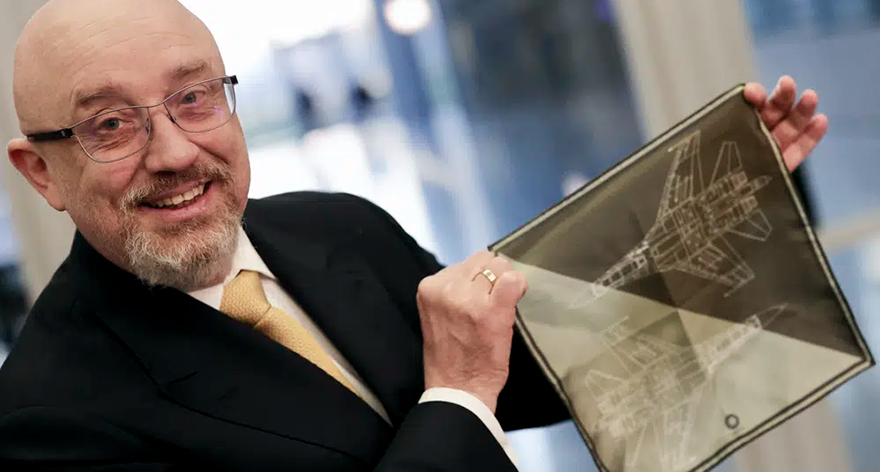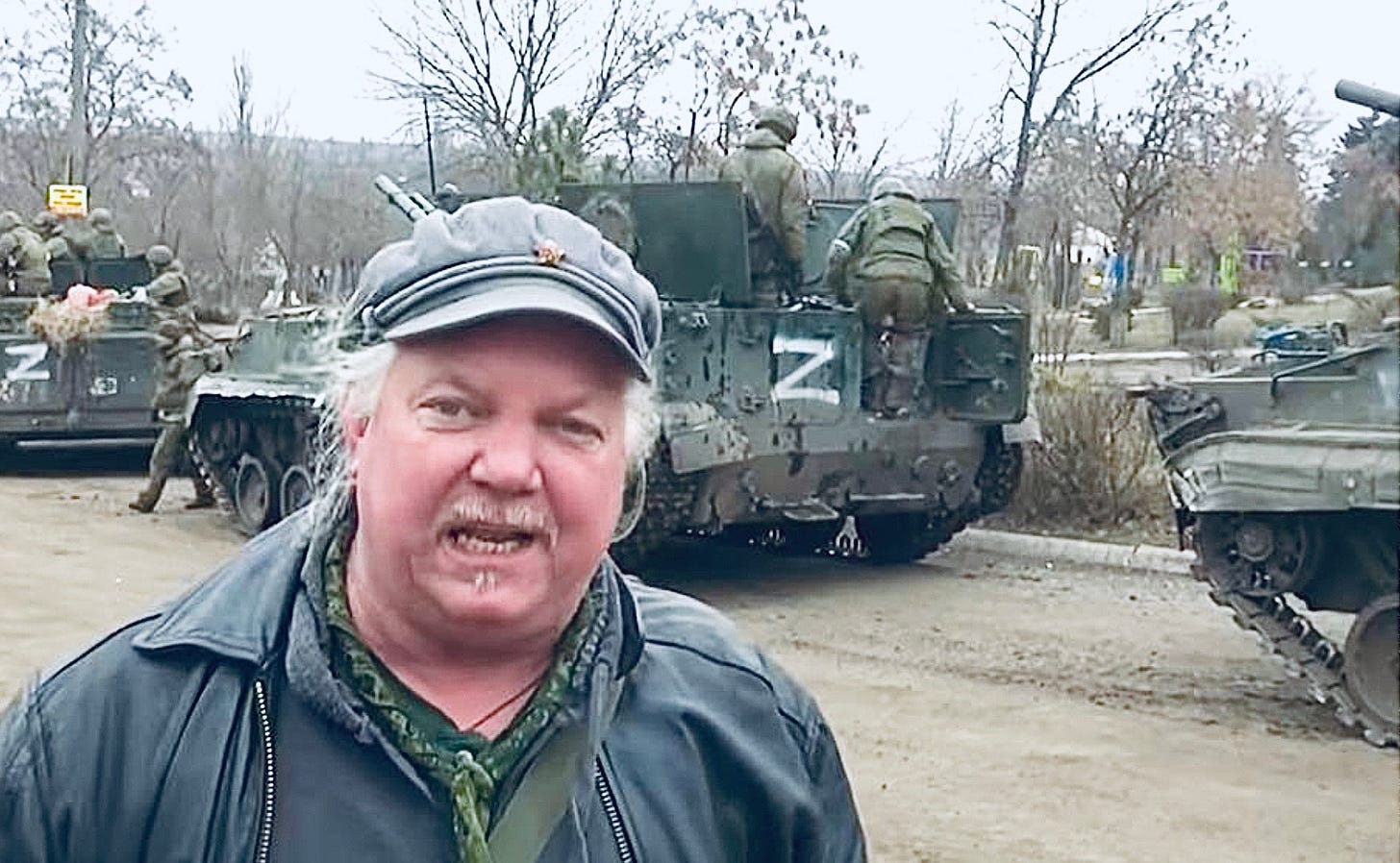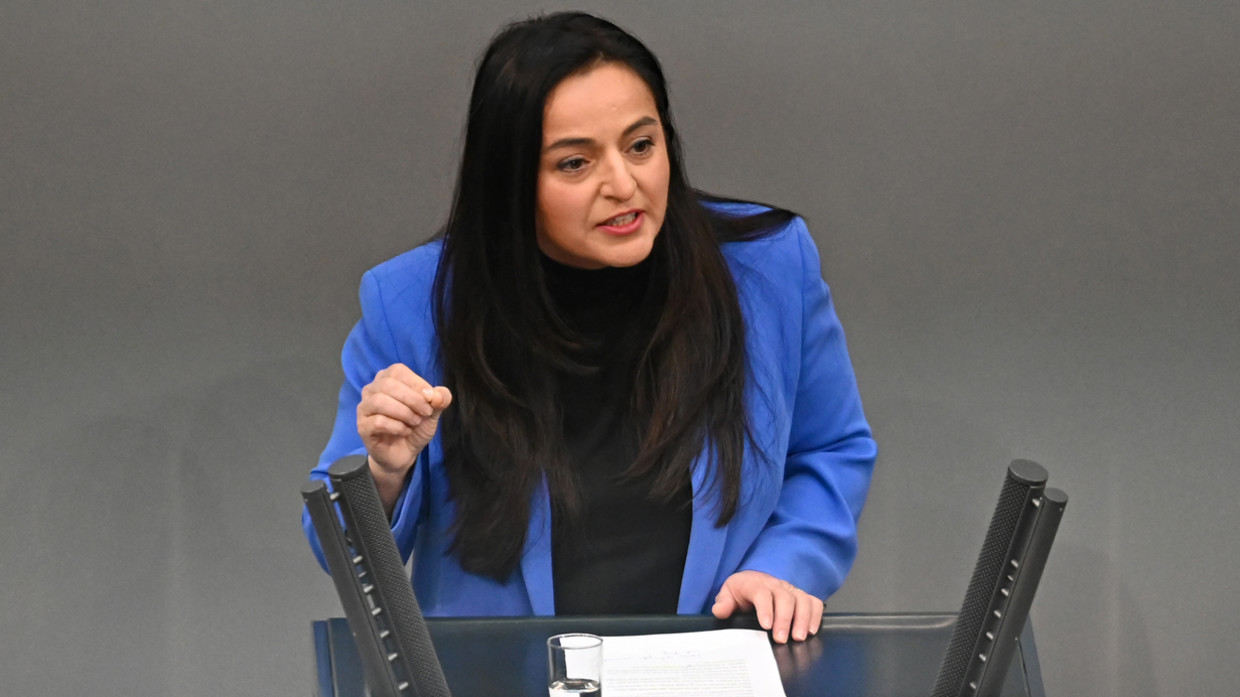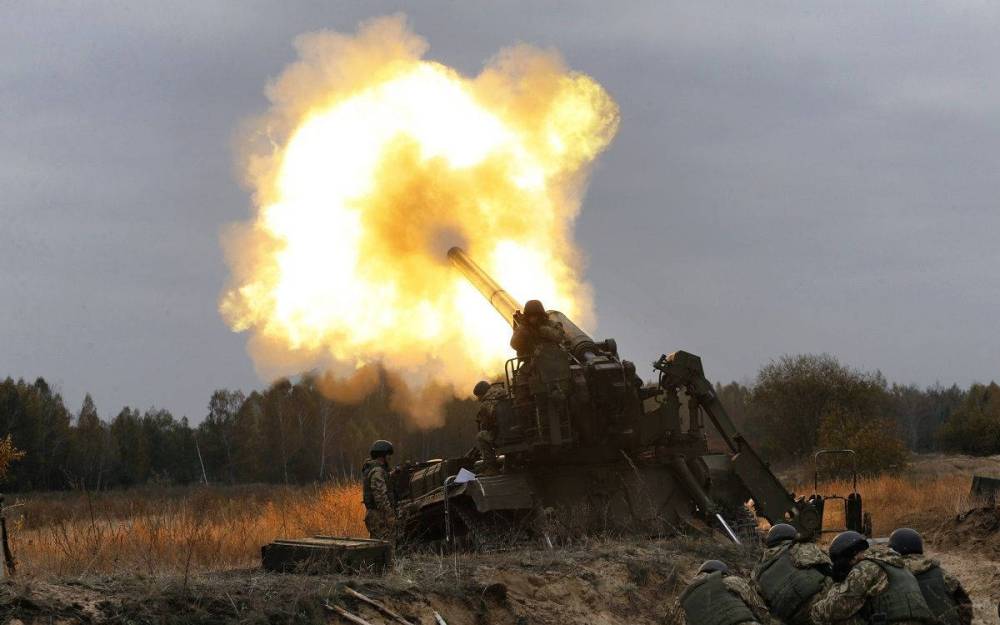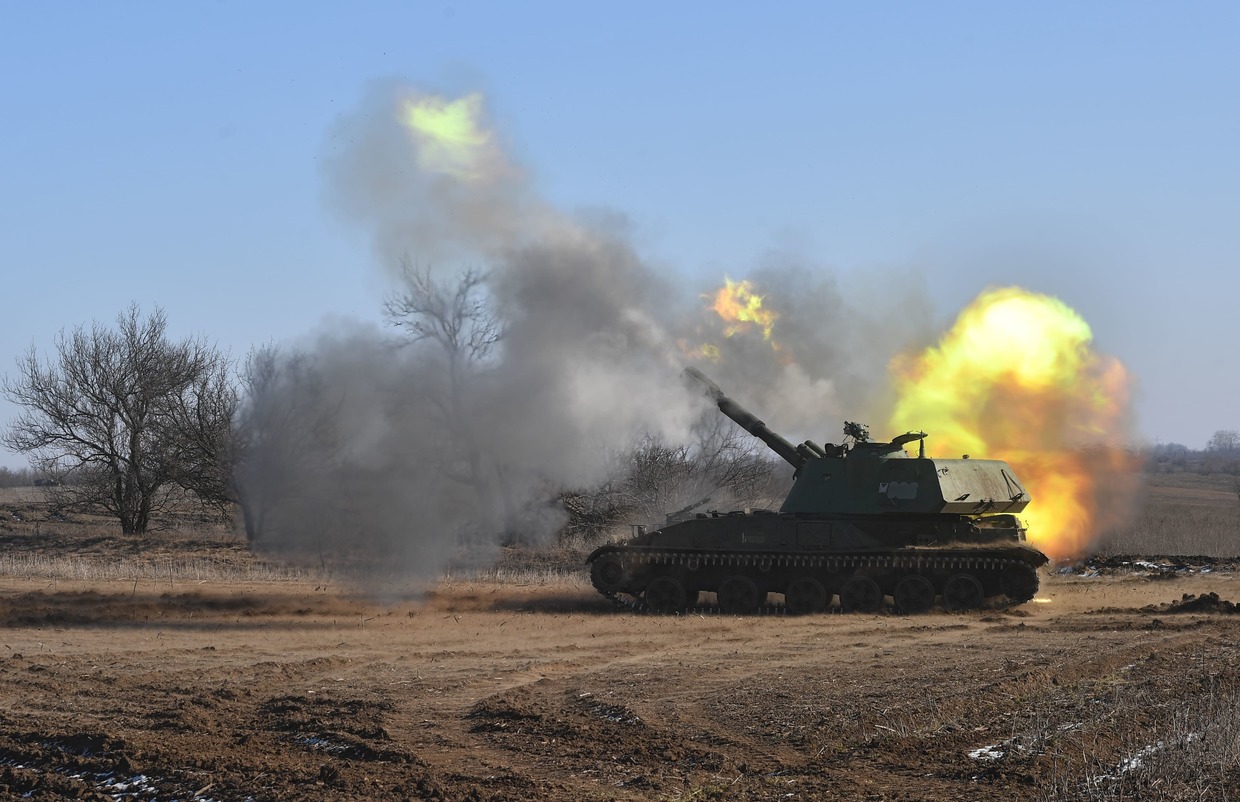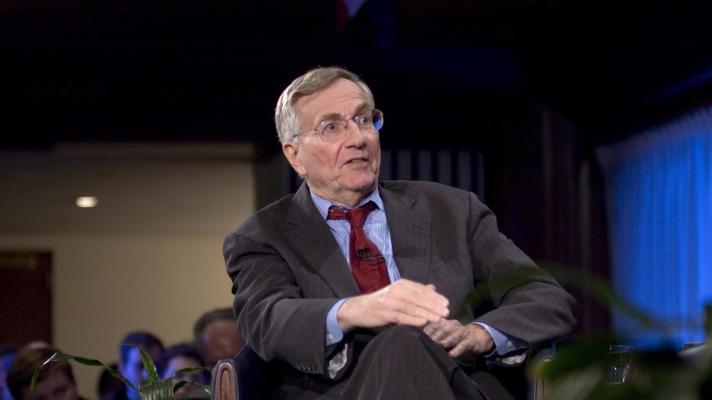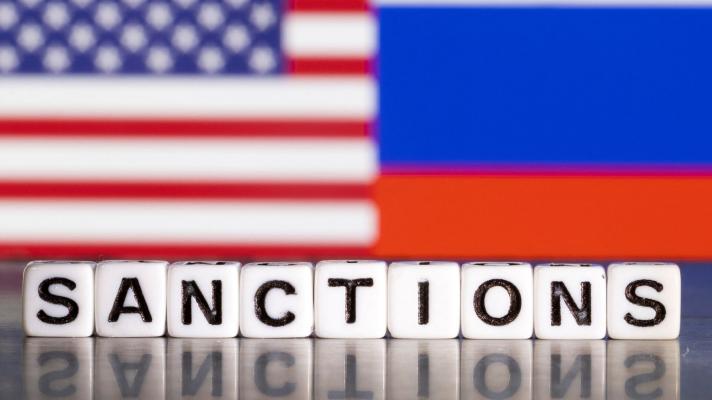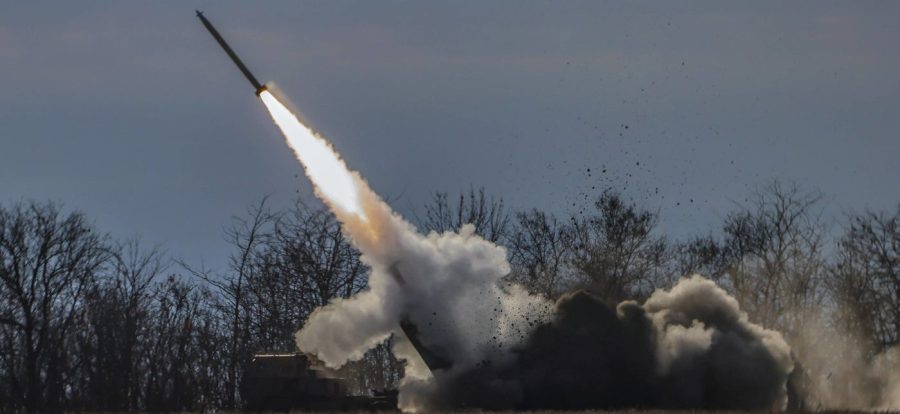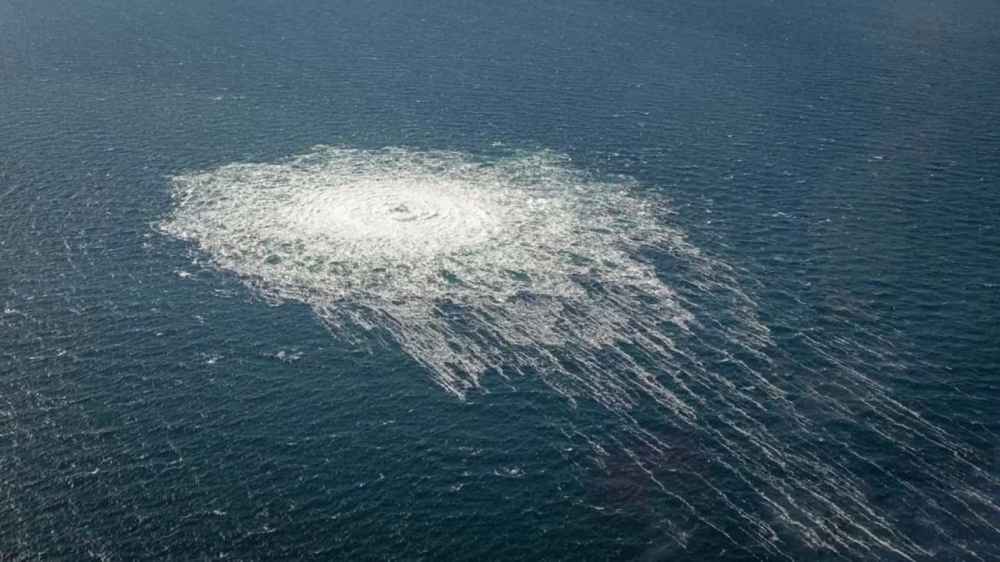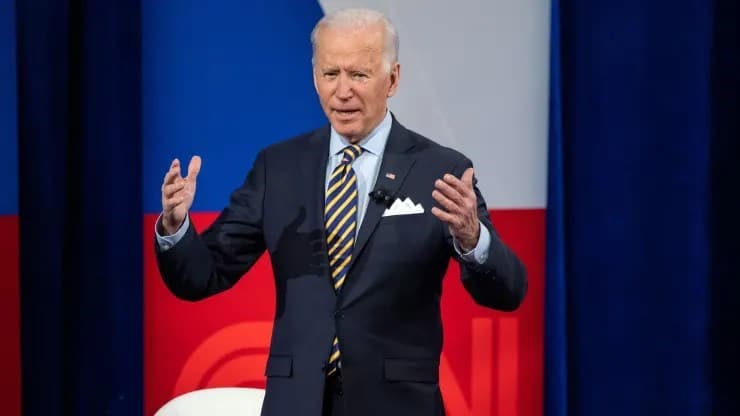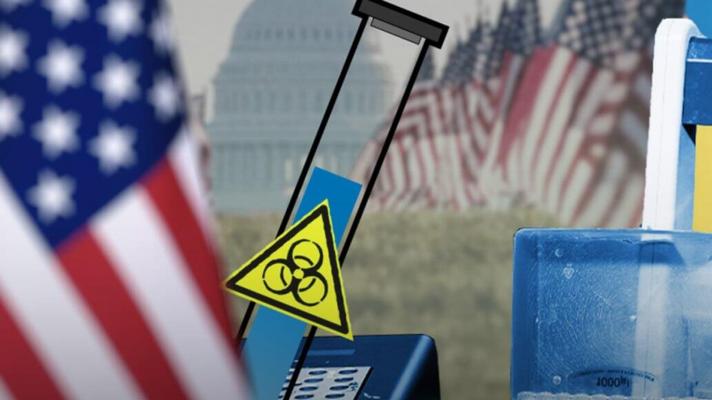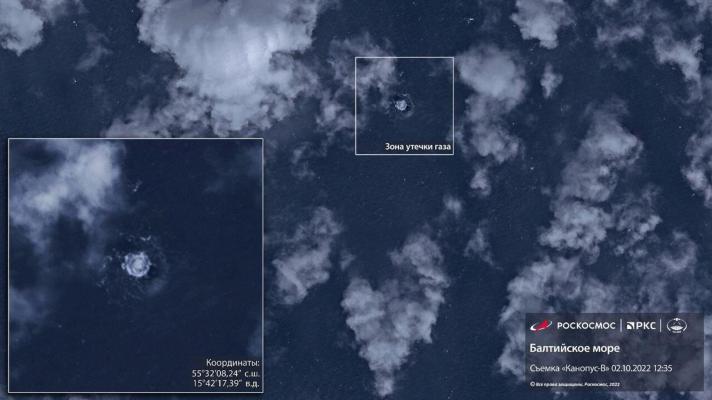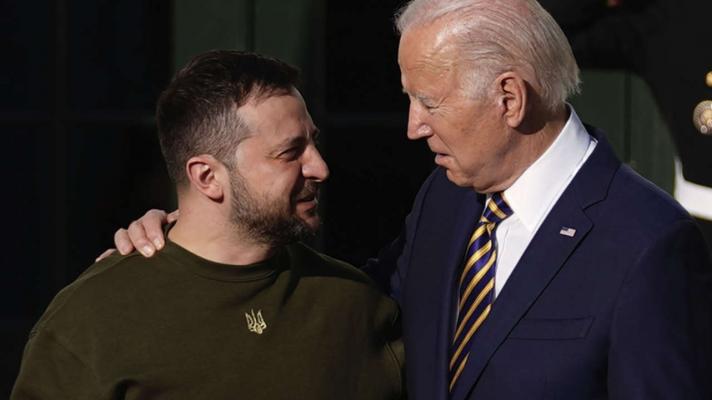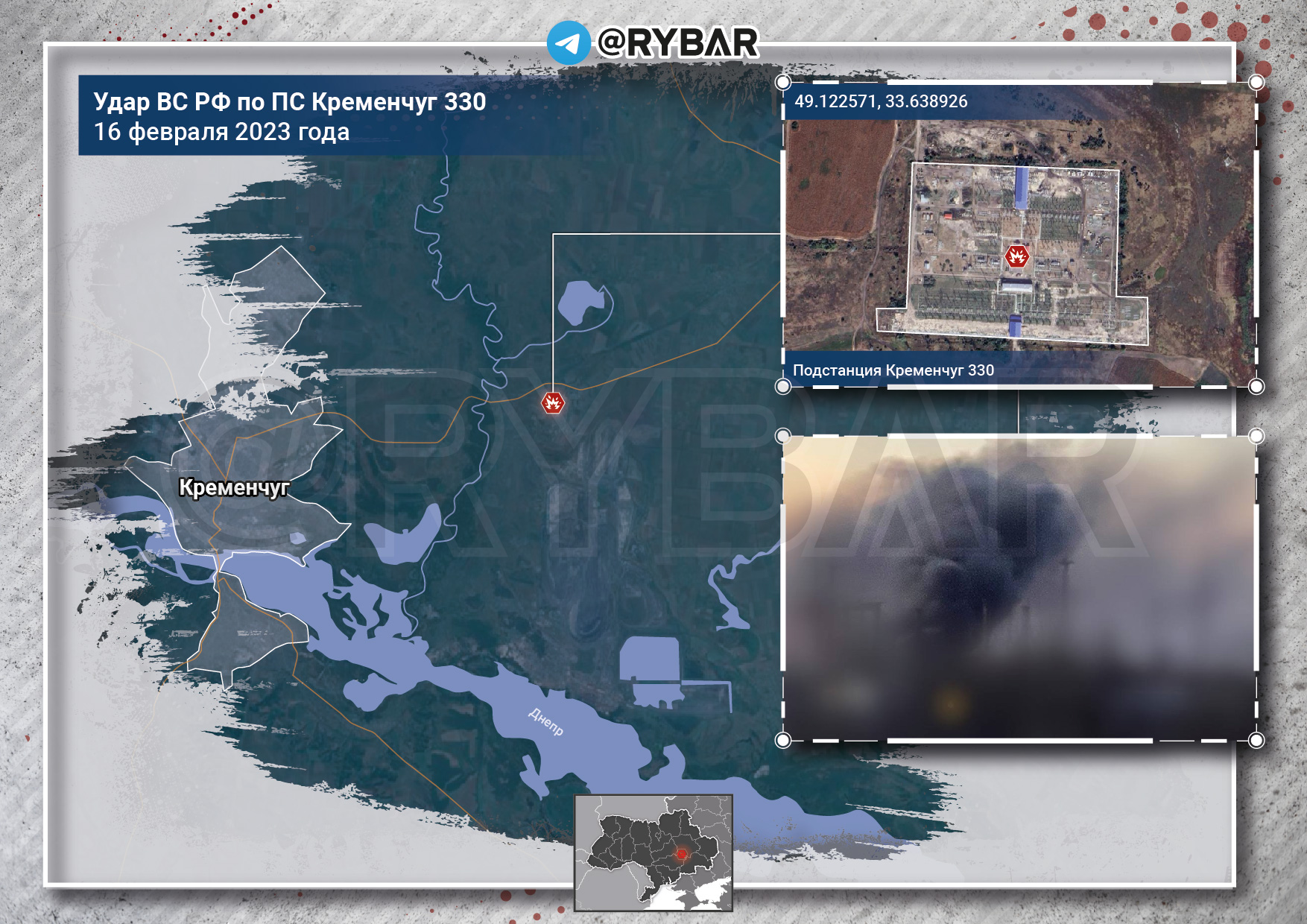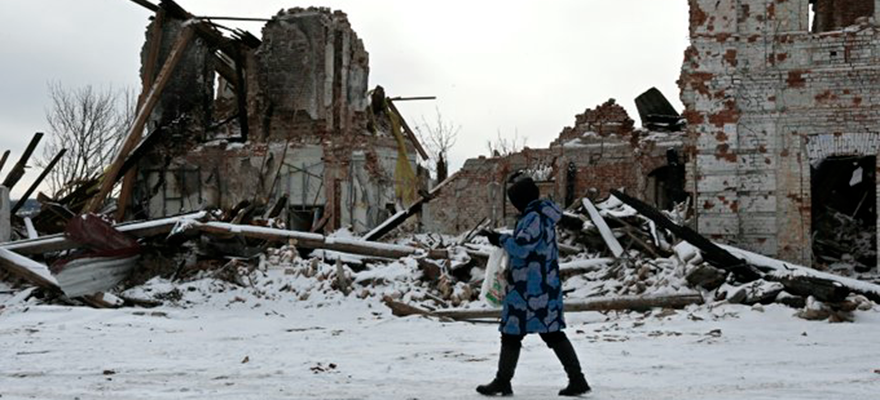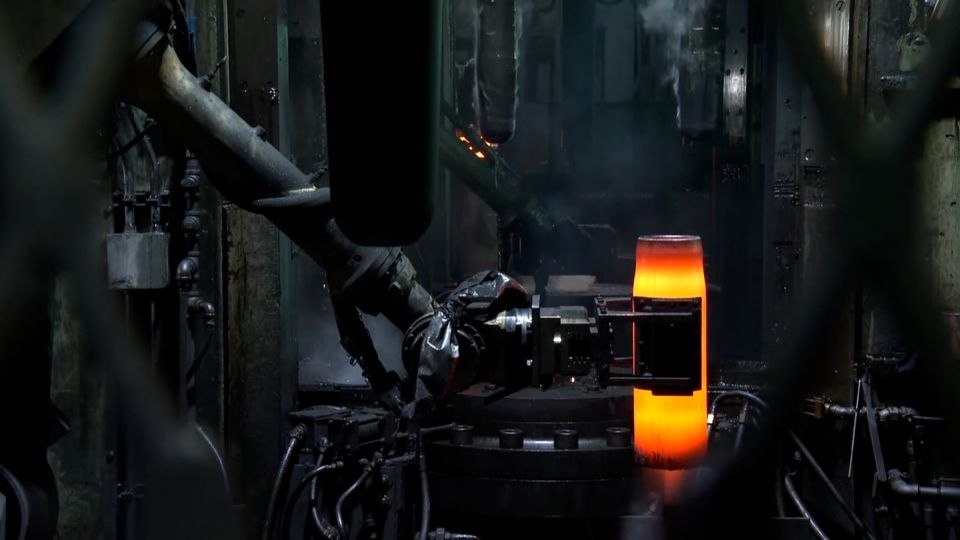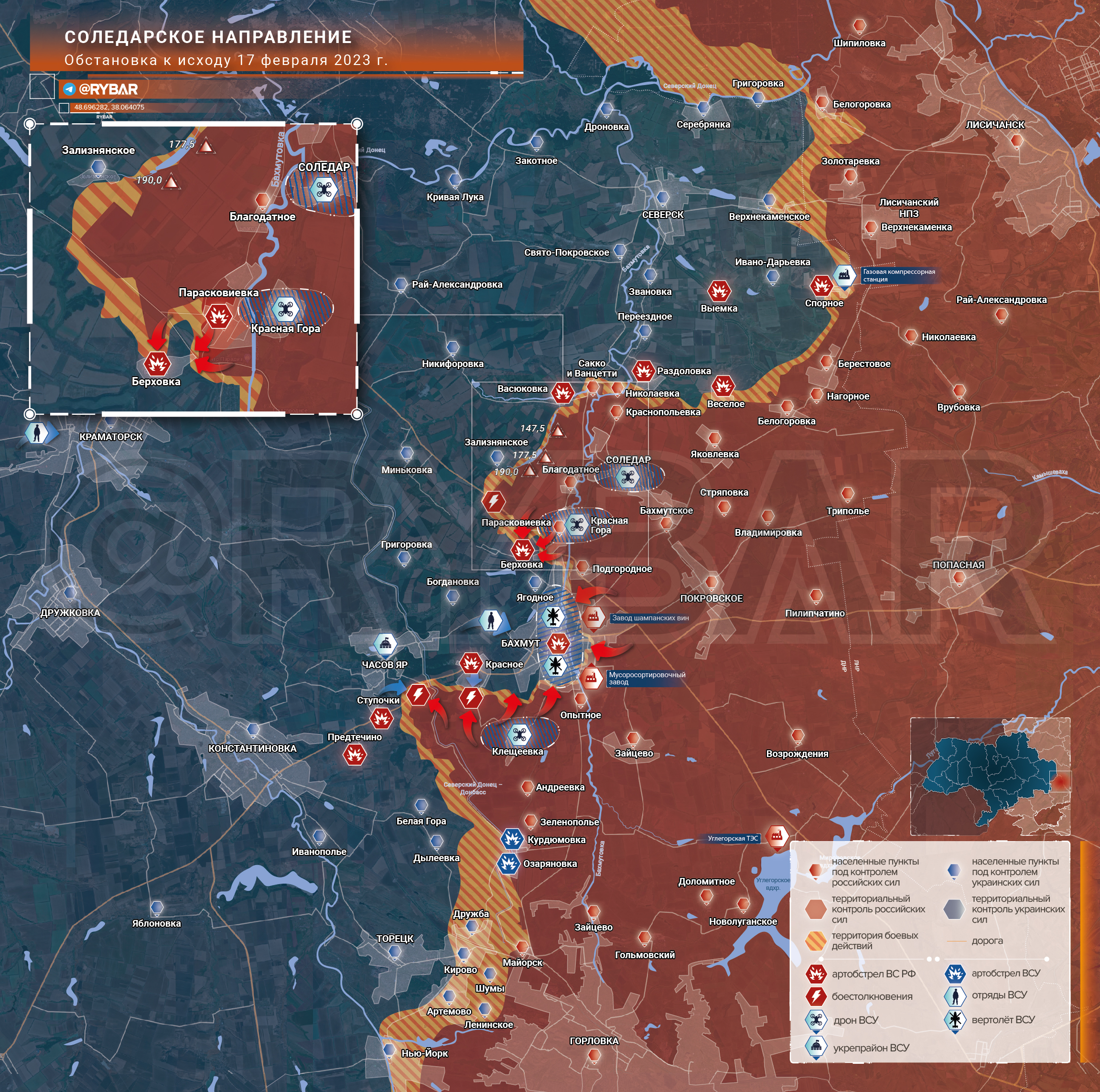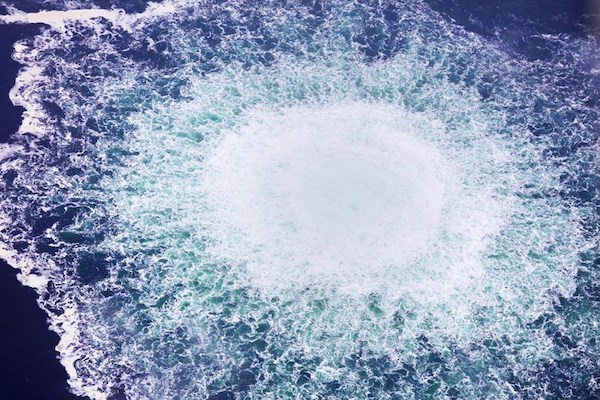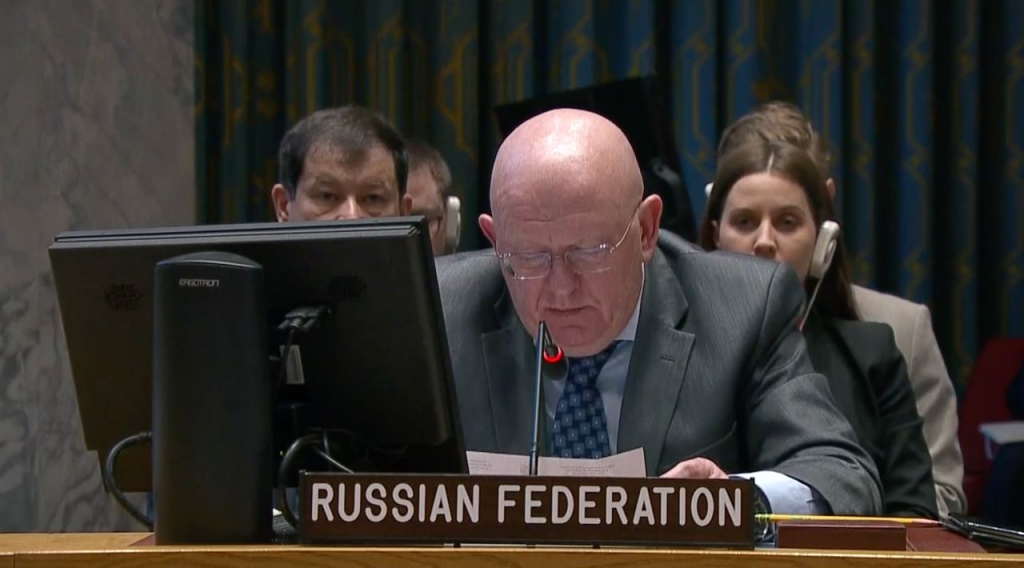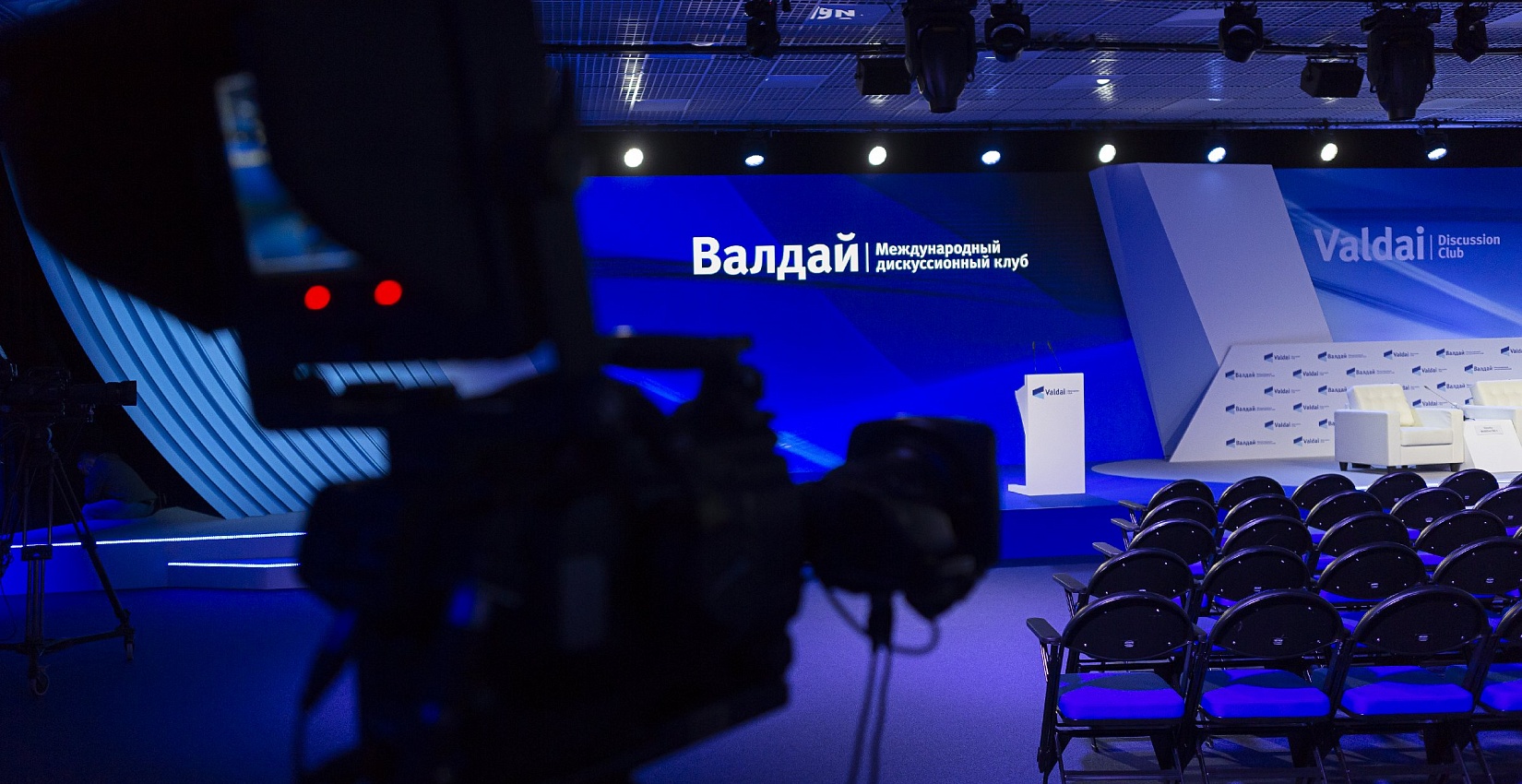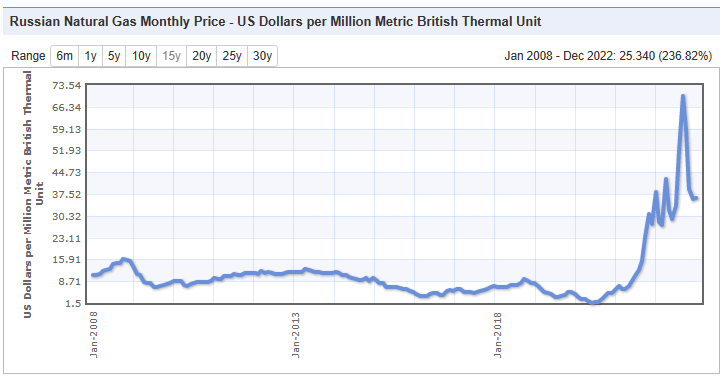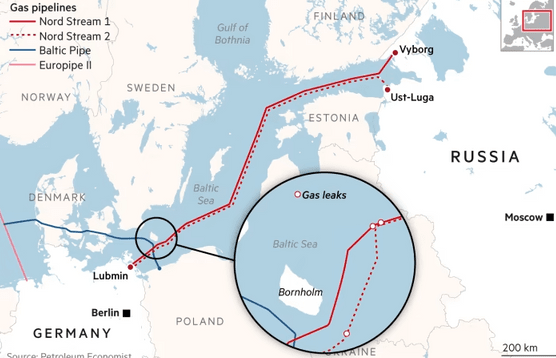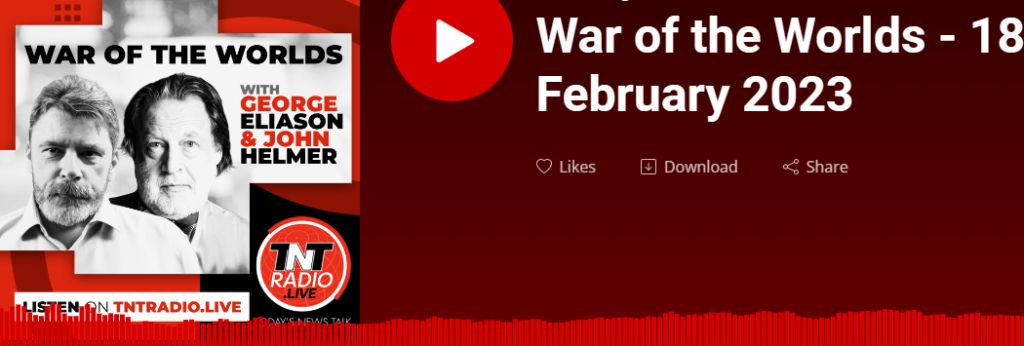
By John Helmer, Moscow @bears_with
The Dutch police have just released US satellite photographs (lead images) purporting to reveal Russian truck transporters of BUK missile units at Millerovo and Kursk on July 18 and July 20, 2014, just hours and days after the shoot-down of Malaysia Airlines Flight MH17 in eastern Ukraine on July 17, 2014.
The new evidence, kept secret until now, confirms the US and NATO satellite capability to have recorded the scene of the MH17 shoot-down, before the alleged Russian missile launch; during the missile trajectory and detonation; and in the minutes which followed when the aircraft cockpit, fuselage, engines and other parts were falling to earth.
The US satellite infra-red, photographic and other records of the July 17 evidence have never been revealed, however.
The two US satellite photographic images for July 18 and July 20 have now been published as part of a final Dutch government attempt to show that the BUK missile battery and radar unit known as a BUK TELAR (transporter erector launcher and radar) had been withdrawn from the Ukraine across the border into Russia, after the alleged firing at MH17.
In the new presentation, however, the Dutch admit the satellite evidence has proved nothing. “In summary, the investigation was unable to establish what happened to the TELAR after it arrived in Russia,” the JIT now says.
By admitting this now, the Dutch, and indirectly the US Government, are intimating that their satellite evidence of the MH17 incident also proves nothing. In other words, there is no evidence from either the US or NATO that a Russian missile was fired at MH17, destroying the aircraft and killing all 298 people on board. US officials who have claimed otherwise have been lying. The media reporting of these claims has been false.
Proof of nothing, when concealed, is evidence of cover-up.
The two satellite photographs were published at a briefing on February 8 by the Dutch police, prosecutors and others engaged in the Joint Investigation Team (JIT); that team included Ukrainian, Australian, Belgian and Malaysian officials. From late in 2014 until the opening of The Hague District Court proceeding in March 2020, the JIT supplied the evidence to Dutch police, prosecutors, other Dutch government investigators, and investigating judges, for presentation at the court proceeding. This was a trial of four men, three Russians and one Ukrainian, on charges of premeditated and intentional murder in the destruction of MH17. Three were convicted in their absence; the one Russian who was represented in court (but not present) was acquitted.
The record of last week’s JIT briefing is silent on where the satellite images came from, how they were obtained by JIT, and when. The Australian Federal Police (AFP) officer who presented the satellite evidence did not identify himself by name; the Dutch police transcript also omits his name and the source of the pictures.
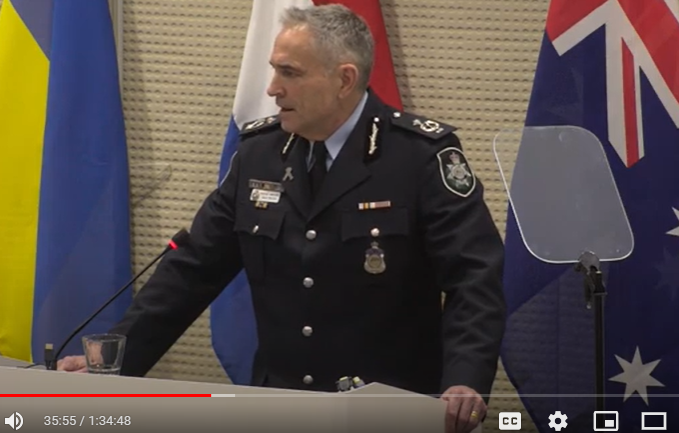
The unidentified Australian police briefer reading out the JIT script on the satellite evidence. Source: https://www.youtube.com/
Following this briefing, the Australian Government released a statement by the foreign minister and attorney-general: “We commend the work and professionalism of the Joint Investigation Team officials, including the Australian Federal Police, who have conducted rigorous investigations to support bringing those responsible to justice.The findings of the District Court of The Hague unequivocally and conclusively establish Russia’s responsibility for the downing of MH17.”
All that the Dutch now say about this evidence is: “Since images of the TELAR could also shed light on its crew, the investigation also looked into how the TELAR was transported after being returned to Russia: by rail, by road or by air. No indications were found that would point to rail transport. The JIT does, however, have a satellite photo from 20 July taken in the vicinity of Millerovo which shows a single covered vehicle on a low loader. You see that image on the left. The shape and dimensions of this covered vehicle are consistent with the covered vehicles that were observed on a satellite image of the 53rd AAMB’s base shortly before the departure of the 1st battalion. You see that image on the right.”
US satellite images of the alleged Russian BUK missile launch and strike against the aircraft were repeatedly claimed by senior US officials, including then-Secretary of State John Kerry in the aftermath of the incident. Kerry announced on July 20, 2014: “You know, I’m a former prosecutor. I’ve tried cases on circumstantial evidence. It’s powerful here. But even more importantly, we picked up the imagery of this launch. We know the trajectory. We know where it came from. We know the timing. And it was exactly at the time that this aircraft disappeared from the radar. We also know, from voice identification, that the separatists were bragging about shooting it down afterwards.”
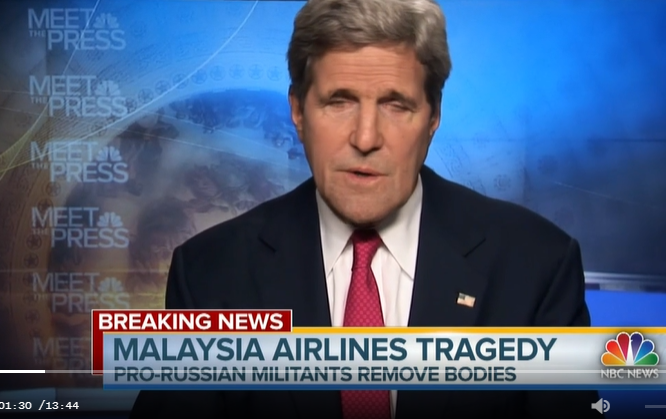
Source: https://www.nbcnews.com/
Kerry makes his explicit satellite evidence claims starting at Min. 1:30. Kerry says “we picked up the imagery [of the missile attack] at Min 3:23. Kerry repeated the satellite evidence claim in Australia on August 12, 2014.
Kerry also told NBC: “We know that they had an SA-11 [BUK] system in the vicinity, literally hours before the shoot-down took place. There are social media records of that. They were talking, and we have the intercepts of their conversations, talking about the transfer and movement and repositioning of the SA-11 system. The social media showed them with this system moving through the very area where we believe the shoot-down took place, hours before it took place.”
After eight years of attempts the Dutch and JIT have reported at obtaining the US satellite images, the evidence was refused. Instead, a memorandum written by US Army Colonel Kenneth Stolworthy was sent to the Dutch Government, dated August 23, 2016. The full text was not released to the defence lawyers or presented in evidence in court. Stolworthy himself refused to answer questions when attempts were made to contact him at his office at a US Army base in Germany.
Evidence from other US intelligence sources has suggested the Stolworthy paper was not a presentation of the imagery evidence which Kerry had announced. A secret report of September 21, 2016, by the Dutch military intelligence agency MIVD, leaked from the JIT files, followed the Dutch assessment of Stolworthy’s paper, and contradicted Kerry’s claims. The MIVD report concluded there was no US satellite evidence of a Russian missile attack.
Last week, for the first time, the Dutch Government and the Australian police officer revealed that they have been keeping US satellite photographs to themselves, in secret from the press, from the accused Russians, from the defence lawyers, and from the judges in court throughout the two-year trial proceedings.
Last week the July 18 and July 20 satellite evidence was presented, accompanied by a map of the deployment locations in the photographs. . The JIT now says: “The JIT does, however, have a satellite photo from 20 July taken in the vicinity of Millerovo which shows a single covered vehicle on a low loader. You see that image on the left. The shape and dimensions of this covered vehicle are consistent with the covered vehicles that were observed on a satellite image of the 53rd AAMB’s base shortly before the departure of the 1st battalion. You see that image on the right.”

Above: Map of Russian military locations in Washington Post report of US satellite imagery released by NATO: https://www.washingtonpost.com/
Below: https://www.politie.nl/

The evidence of the two satellite images now exposed, and the conclusions which the briefing officer attempted and the transcript then confirmed, is that US satellite images were recorded for the July 17, 2014, area of the shoot-down, and that they have been withheld.
The likely reason for this cannot be revealed because they fail to substantiate the case for Russian culpability in the firing of the BUK. According to the rules for admissibility of evidence and the legal standards for proof in criminal prosecutions in civilized courts, the new evidence contradicts the core of the JIT and Dutch court case. The missing satellite images contradict the indictment and exculpate the accused.
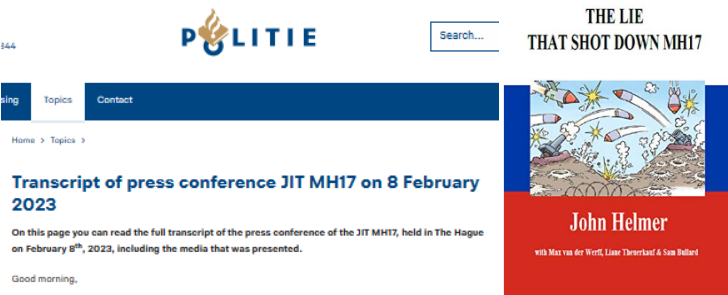
Left: the JIT transcript is here.https://www.politie.nl/en/information/t ... -2023.html
Video record is here.https://www.youtube.com/watch?v=ZXzrNIpaH0k
Right: click for the book.
Read the book on the evidence; then read the JIT briefing; and then come to judgement, again.
http://johnhelmer.net/us-satellite-phot ... more-70686
***********
From Cassad;s Telegram account:
Colonelcassad
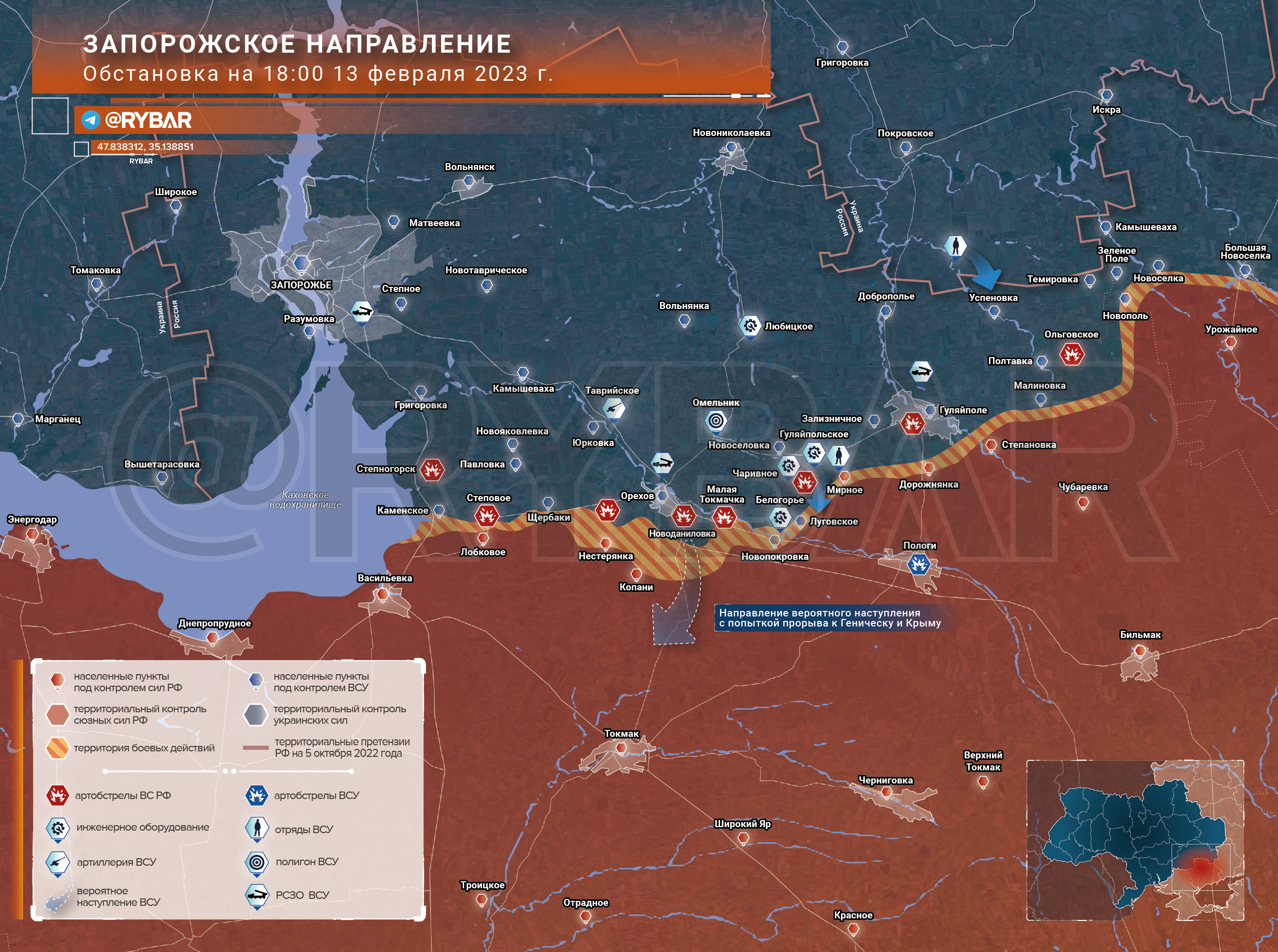
Zaporozhye direction
situation as of 18.00 February 13, 2023
The operation to reach the Crimea and the Sea of Azov will be preceded by a massive artillery and fire preparation, including with the help of the HIMARS MLRS deployed along the front.
Rocket attacks will be carried out on all major cities of the Kherson and Zaporozhye regions, as well as Armyansk and Dzhankoy . The main task of the Ukrainian command is access to Genichesk and the Crimean peninsulato cut ground communication.
***
forwarded from
RT in Russian
On February 11 and 12, the Armed Forces of Ukraine tried to conduct reconnaissance in combat in the area of \u200b\u200bthe settlements of Dvurechnaya and Novomlynsk in the Kupyansk direction . According to RT, both times the combat exits of the units of the 132nd reconnaissance battalion and the 14th mechanized brigade of the Armed Forces of Ukraine ended in the loss of T-64BV and T-72B tanks, awaiting refueling in the field.
Due to the inability to transfer tanks to the front line by car transporters, Ukrainian equipment is forced to move to the battlefield on its own. Military fuel trucks of the Armed Forces of Ukraine cannot deliver fuel to the combat area - instead of them, civilian vehicles with disguised small tanks are used.
According to preliminary data, since the end of January, the shortage of diesel fuel for T-64BV and T-72B tanks of the Armed Forces of Ukraine in the Kharkiv region has caused at least five unsuccessful combat exits of Ukrainian tank units. Instead of moving along protected routes and many kilometers of hooks while maintaining camouflage, the crews move in short routes to combat positions, fire two or three shots, after which they change position and retreat into the forest in anticipation of tankers.
According to preliminary data, instead of the nearest oil depots, fuel is delivered near Kupyansk from Poland with transit and a stop at one of the oil depots in Kharkov. A long wait and the need to pump fuel into tanks under the guise of civilian vehicles only in the last two months of 2022 caused the destruction of seven tanks - four T-64BV and three T-72B. The total losses of the Armed Forces of Ukraine for two months in the Kupyansk direction, associated with a lack of fuel, presumably amount to nine to ten tanks.
Vehicles and crews left in position are detected from the air by Orlan-30 drones , after which artillery fire is opened on the positions of tanks awaiting fuel delivery.
***
Colonelcassad
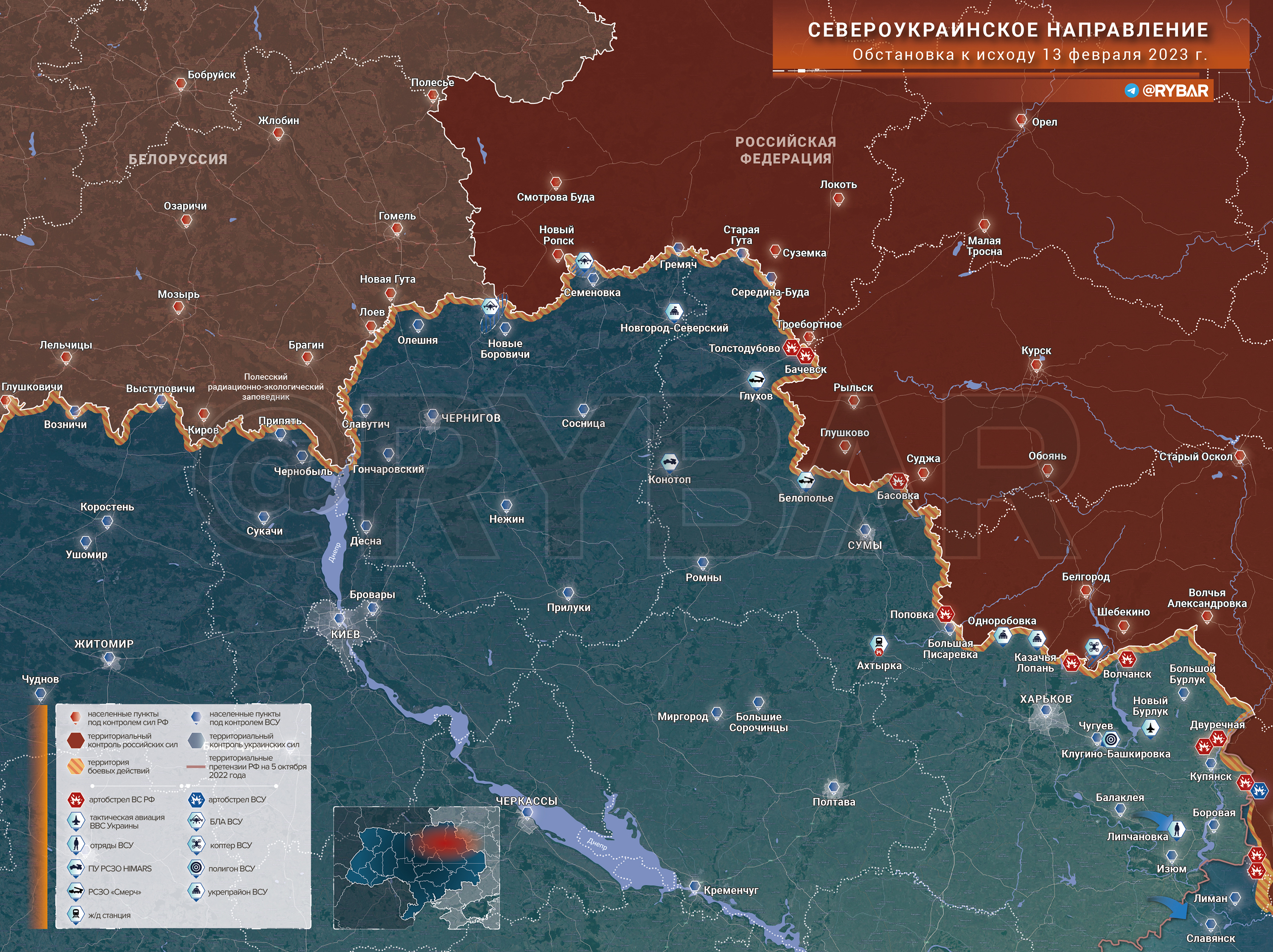
The situation in the North Ukrainian direction
by the end of February 13, 2023
Ukrainian units are also being re-equipped with modern weapons: the 517th battalion of the 1st battalion received Chinese-made JB03 anti-drone guns delivered from Poland.
***
Colonelcassad
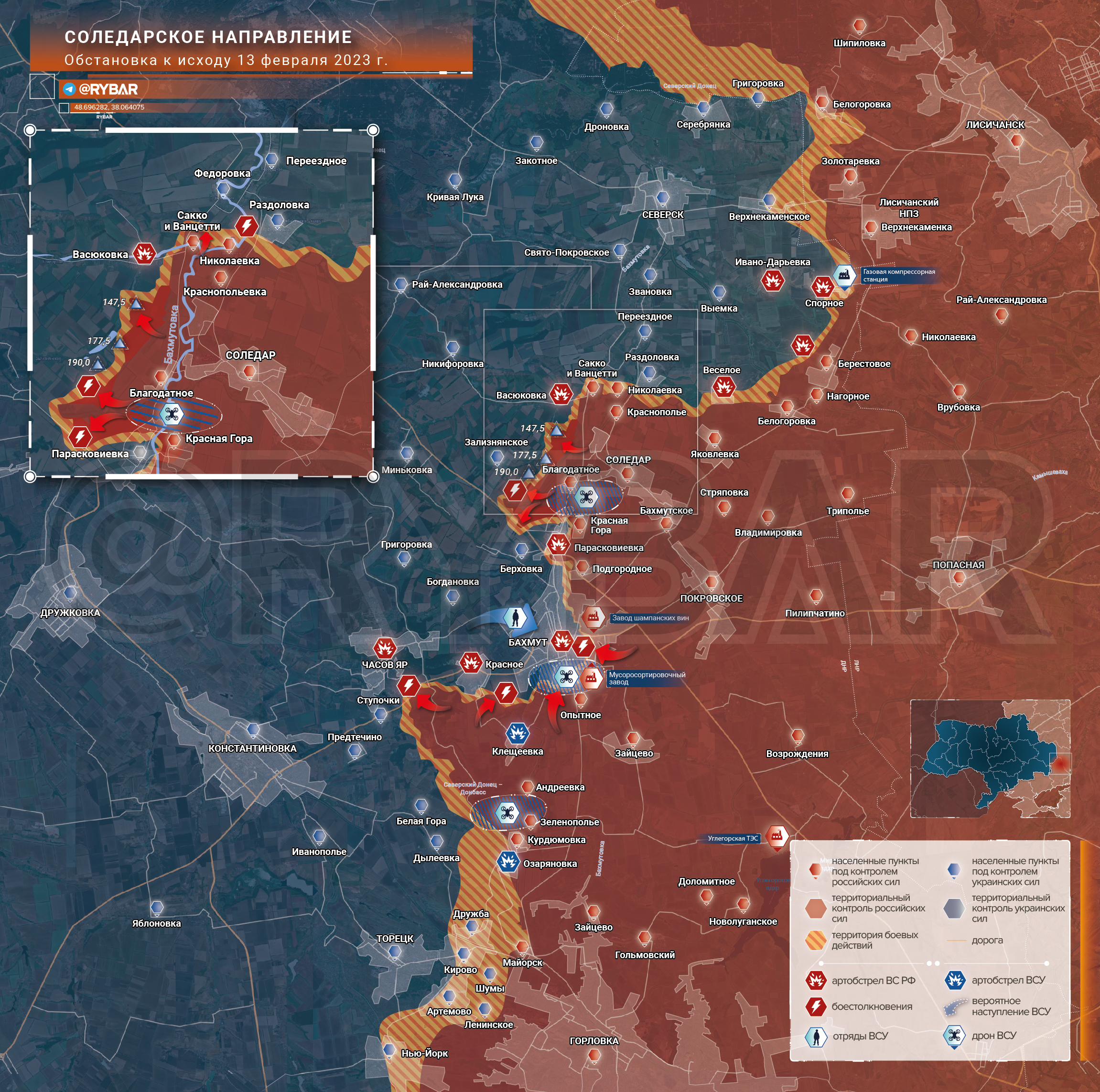
Soledar direction
situation by the end of February 13, 2023
Under the partial control of the Armed Forces of Ukraine, the only access road remained, along which ammunition is supplied. An electronic warfare detachment is operating in Paraskoviivka, and units of the 4th arr of the National Guard of Ukraine are expected to be transferred to the combat area to hold the line until a new line of defense is prepared.
https://t.me/s/boris_rozhin
Google Translator
******
The Buildup To War In Ukraine - February 13 2022
In early 2022 Ukraine had finished the preparations for an overwhelming attack on the renegade People Republics of Donetsk and Luhansk (DPR and LNR).
Half of the Ukrainian army, some 120,000 men recruited and trained during the last 7 years, were stationed near the ceasefire line and ready to go. On the opposing side only some 40,000 men were under arms. They would have little chance to withstand an onslaught.
Russia could not let a Ukrainian attack happen. If Ukraine could regain the renegade provinces it would have been able to join NATO. Russian public opinion was decisively on the side of the Russian speaking DNR and LPR. It would surely demand an intervention. Since the 2014 coup in Kiev some four million Ukrainians had already moved to Russia. There are lots of family ties between the two countries. In sight of this Russia had put some of its own forces on alert and had moved weapons and munition to assembling points near the Ukrainian border.
The U.S. had for months warned of an upcoming Russian attack on Ukraine. It could do that because it knew the Ukraine would attempt to regain the republics by force. It knew that Russia would have to respond. On January 12 2022 CIA director Bill Burns had secretly met Zelensky in Kiev. Burns often carries messages from President Joe Biden.
On Sunday February 13 2022, after a phone call with U.S. president Joe Biden, the Ukrainian president Zelensky gave the final order for the planned Ukrainian attack.
That the decision had been made was immediately leaked in London as well as in Kiev.
In its summary of the day the Guardian listed a lot of activities that were consistent with the imminent start of a conflict. Diplomats and foreign military were moving out of Ukraine. Weapons flew in.
Tipped off by its government the British insurance conglomerate Lloyd stopped reinsurance services for anything Ukraine:
Anatoliy Ivantsiv, head of Ukrainian insurance firm Expo, told Interfax that British reinsurance giant Lloyds announced it would temporarily cease all conflict risk insurance over Ukrainian airspace from Feb. 14.
.
When the news of the attack order leaked in Kiev, its 'elite' oligarchs and some parliament members were ready to leave. On February 13 and the following days they fled the country:
Ukraine’s richest men are fleeing the country with their families as the number of private jet charters jump after the possibility of war spiked in recent days, according to flight traffic information posted on social media on February 13.
...
Switzerland, Austria and the south of France were the most popular destinations for the charter flights.
Ukrainska Pravda stated that such an exodus on charter flights hasn’t been witnessed in six years of observations. The publication reported that planes belonging the country’s top oligarchs, including Rinat Akhmetov, Viktor Pinchuk, and Boris Kolesnikov, as having left the country. A private plane for 50 people was also ordered by Igor Abramovich, another top business figure.
...
bne IntelliNews sources confirm that two residential English tutors, both British citizens, working for an MP and a businessman respectively, will leave for the south of France this week. Neither confirmed that the flights had anything to do with increased fears over an invasion, as both families travel regularly with their staff for work holidays. Even last month, when the war drums began to beat more loudly for the first time, tutors and teachers working at private schools in Kyiv reported a large number of children absent, away on holidays.
Some members of the Ukrainian parliament were also bailing out. on February 14 Kiev Independent reported:
More than two dozen lawmakers out of a total 424 MPs, who are due to attend parliamentary sessions starting this week, are not currently in Ukraine. Almost half, or 12 deputies, are from the pro-Russian party Opposition Platform-for Life, five deputies are from the presidential Servant of the People party. Most of the lawmakers, or 20 people, left the country in February.
As part of the Minsk agreement the Organization for Security and Co-operation in Europe (OSCE) had a Special Observer Mission at the ceasefire line in east-Ukraine. Over the weekend of February 12 and 13 the front had been relatively quiet:
In Donetsk region, between the evenings of 11 and 13 February, the Mission recorded 261 ceasefire violations, including 50 explosions. In the previous reporting period, it recorded 114 ceasefire violations in the region..
In Luhansk region, between the evenings of 11 and 13 February, the SMM recorded 114 ceasefire violations, including 24 explosions. In the previous reporting period, it recorded 258 ceasefire violations in the region.
The observed numbers of explosion were less than the average of the last 7 and 30 day periods. Explosions occurred on both sides of the ceasefire line.

Posted by b on February 13, 2023 at 16:53 UTC | Permalink
https://www.moonofalabama.org/2023/02/t ... .html#more
******
Artemovsk. 02/13/2023
February 13, 23:24

Artemovsk. 02/13/2023
1. There is no operational environment yet. One road is still not taken under fire control. Ammunition and replenishment are thrown into the city along it.
2. At the same time, the city is already seriously covered from the north and south. From the south, the battles approached Chasov Yar and the Stupochka area, and there are also battles for Krasnoe.
To the north, after the capture of Krasnaya Gora, the battles for Paraskovievka continue and fighting began on the outskirts of Berkhovka. The Slavayansk-Artemovsk highway has been physically cut. The Armed Forces of Ukraine deny that they have lost Krasnaya Gora. At the same time, PMC Wagner has already posted confirming photos and videos from there. The Ukrainian Armed Forces have not uploaded any videos from there for several days. Actually, as in the case of Soledar, they will break a comedy about the "continued defense" for several days, and then, as if by chance, it will be mentioned that yes, as if they moved away from there to more advantageous positions.
3. In the city itself, there is also a promotion in the southern and northeastern quarters of the city. To the south through the area of the Mariupol cemetery and Sabachevka, to the north near the Meat Processing Plant. Pressure from the north will increase after the liberation of Paraskovievka (plus the armories will come under our control)
4. The enemy at the moment is really going to carry out the order to hold the city at any cost, regardless of catastrophic losses. Some of the rear units and headquarters have been withdrawn to Chasov Yar and beyond, but ammunition and reinforcements continue to be transferred to the city. The key to liberating the city is to establish fire control over the last road from the Clock of Yar, after which the group defending the city, in which the proportion of Volkssturm units is high, will begin to lose combat capability much faster and experience problems with BC to heavy weapons.
5. Prigozhin confirmed the information about the defeat of the Su-24 bomber in the Artemovsk area. He clarified that the car was hit, but was able to reach the airfield. The pilots are alive.
“Yes, indeed, it was this board that was attacked today from the ground by enemy air defense systems. The pilot performed a miracle, landed a burning car, having fully completed the combat mission. At the moment, technicians are repairing the aircraft. The pilot is handsome. Honor and praise be to him." (c) Prigogine
That's great.
The broadcast of hostilities in Ukraine continues as usual in telegrams https://t.me/boris_rozhin - if you are interested, subscribe
https://colonelcassad.livejournal.com/8168075.html
Google Translator
****************
Why Does Zelensky Need a Long Conflict With Russia?
Posted by INTERNATIONALIST 360° on FEBRUARY 13, 2023
Andrey Sushentsov
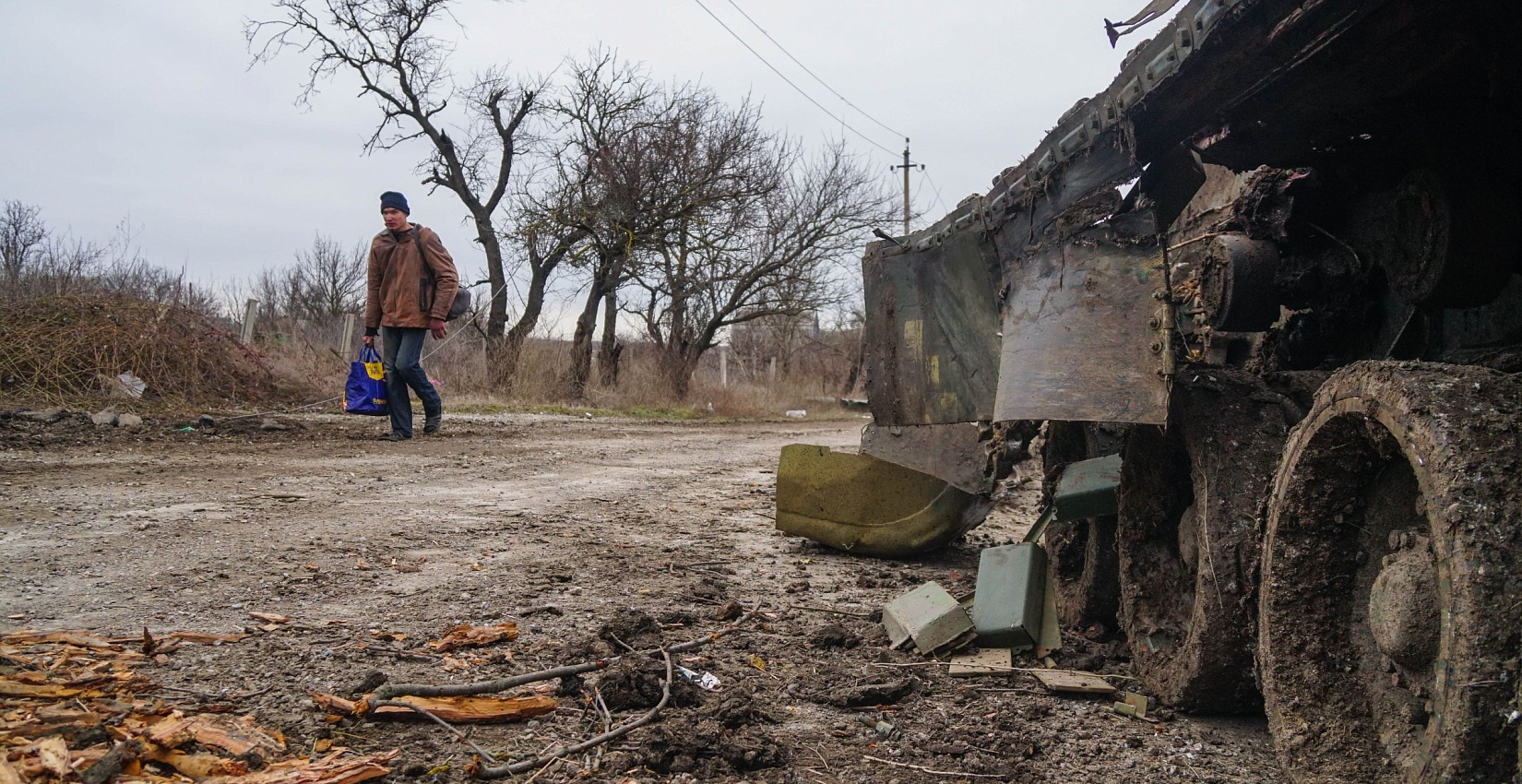
It is unlikely that Zelensky is counting on a military victory for his country. For this, Ukraine does not have its own military-economic resources, and the funds provided by the West will never be sufficient to inflict a final defeat on Russia. Probably, the calculation of the president of Ukraine is based on offering Ukraine as a tool for the West in the fight against Russia, writes Valdai Club Programme Director Andrey Sushentsov.
The unprecedented hardships of the real war that Ukraine is now facing could be significantly less if the government of Vladimir Zelensky showed it was ready to pursue a diplomatic settlement of the crisis. Russia has repeatedly come up with diplomatic initiatives to resolve this conflict.
For example, at its first stage, such negotiations took place in Belarus and, later, in Turkey. However, under the influence of the United States and Britain, the government of Zelensky took a course of prolonging the conflict, counting on the fact that military assistance from the West would allow Ukraine to achieve its goals during this crisis.
As Ukraine’s own military and economic resources dwindle, the country has become increasingly dependent on Western supplies and has ultimately become a tool in the fight against Russia. There are significant arguments that could lead Kiev to initiate negotiations with Moscow. Zelensky could take the initiative to negotiate with the aim of cementing the still convenient status quo for Ukraine. Obviously, as the military campaign develops and Russian troops advance, the situation will change far from Ukraine’s benefit.
The initiatives that the Russian delegation came up with at the very beginning of the crisis will no longer appear on the negotiating table. If we look at these negotiations as a value in themselves, then as a result they could achieve a sustainable peace and stop the risks of escalation and the slide of the largest military conflict in Europe after the Second World War into a nuclear catastrophe.
Zelensky could have received the laurels of a peacemaker who would have sacrificed some of his ambitions in order to save the lives of Ukrainian citizens and ensure a peaceful future for his country. So far, Zelensky has done the direct opposite. Peace in Ukraine could ease the economic hardships of Kiev’s allies in the West, thereby evoking gratitude on their part. Ukraine could also save a significant portion of its military resources. Indeed, as a result of peace, a certain ceiling would be imposed on them, but they would still remain at the disposal of the Ukrainian government. Nevertheless, President Zelensky and his government act as if they see no reason to preserve Ukrainian statehood. They expend the lives of their citizens and the economic opportunities of the country as material, probably believing that this sacrifice is necessary to obtain eventual, rather vague advantages in the future. Instead of acting as a peacemaker, as a person who is ready to make sacrifices to save the lives of his fellow citizens, Zelensky does the opposite and acts as a gambler – creating a special atmosphere around this “bloody casino”, involving part of his population through military propaganda.
The unprecedented support that Ukraine receives from abroad in the military, political and economic spheres, in fact, covers up any mistakes made by Zelensky’s government, based on the axiom “the war will write everything off”. Inside Ukraine, the militaristic line allows the president to establish a kind of political dictatorship: the persecution of political opponents in all spheres of the life of the state, including religion. As a result, he has ensured concentration of power in his hands, unprecedented for Ukraine, and for the first time in Ukrainian history, he has deeply relegated any opposition centres to the background of politics.
Also, president Zelensky may not worry about the economic well-being of Ukraine in the short term: foreign economic assistance, which is at the disposal of the Ukrainian government, allows him to remove questions about low tax collection and even about the post-war reconstruction of the country. The government in Kiev is still actively counting on getting its hands on Russia’s US$300 billion in gold and foreign exchange reserves frozen in the West. In fact, such pirate production will also allow the Zelensksy administration to dispose of these assets without any checks and balances in their own interests. As a result, Zelensky counts on the fact that even in the event of his defeat and the loss of some territory, he will remain in power as the military leader of a new Ukraine, a kind of main anti-Russian outpost on its western borders, necessary for the West. An outpost that will be armed to the teeth and saturated with Western economic assistance, providing its citizens with an acceptable standard of living.
I believe that Zelensky is quite sincerely convinced that he will be able to turn Ukraine into Israel – a paramilitary state in a hostile environment and with a sense of constant military threat. I do not rule out that even in the worst-case scenario for himself, in which the Ukrainian government collapses completely, Zelensky fully counts on the fact that he himself and a group of his closest associates will find themselves in exile in the West – actively advocating the continuation of the policy of containment and finally defeating Russia. In this sense, the historical trajectories of many governments in exile show that this prospect has every chance of being realized.
It is unlikely that Zelensky is counting on a military victory for his country. For this, Ukraine does not have its own military-economic resources, and the funds provided by the West will never be sufficient to inflict a final defeat on Russia. Probably, the calculation of the president of Ukraine is based on offering Ukraine as a tool for the West in the fight against Russia, constantly mobilising Western support, ensuring the survival of one of the versions of a positive future for his own government. It is regrettable that this strategy does not take into account the interests of the ordinary population of Ukraine, which will be forced to face the consequences of the decisions of the Zelensky government and the significant human lives and material resources associated with them.
https://libya360.wordpress.com/2023/02/ ... th-russia/
Nord Stream: What Hersh Got Wrong
Posted by INTERNATIONALIST 360° on FEBRUARY 13, 2023
Mike Whitney
There’s something not-quite-right about Sy Hersh’s report on the destruction of Nord Stream 2. There is a number of inconsistencies in the piece that lead me to believe that Hersh was less interested in presenting ‘the unvarnished truth’ than relaying a version of events that advance a particular agenda.
That is not to say that I don’t appreciate what the author has done. I do. In fact, I think it would be impossible to overstate the significance of a report that positively identifies the perpetrators of what-appears-to-be the biggest act of industrial terrorism in history. Hersh’s article has the potential to greatly undermine the credibility of the people in power and, by doing so, bring the war to a swift end. It is an incredible achievement that we should all applaud. Here’s a brief recap by political analyst Andre Damon:
On Wednesday, journalist Seymour Hersh revealed that the United States Navy, at the direction of President Joe Biden, was responsible for the September 26, 2022 attacks on the Nord Stream pipelines carrying natural gas between Russia and Germany.
This article, which has been met with total silence in the major US publications, has blown apart the entire narrative of US involvement in the war as a response to “unprovoked Russian aggression.” It lifts the lid on far-reaching plans to use the escalating conflict with Russia to solidify US economic and military domination over Europe.
Hersh revealed that: The operation was ordered by US President Joe Biden and planned by Secretary of State Antony Blinken, Under Secretary of State for Political Affairs Victoria Nuland and National Security Advisor Jake Sullivan.” (“Seymour Hersh’s exposure of the Nord Stream bombing: A lesson and a warning”, Andre Damon, World Socialist Web Site)
This short excerpt summarizes the primary claim that is the focal point of the entire article and—in my opinion—the claim is well researched, impartially presented and extremely persuasive. But there are other parts of the article that are not nearly as convincing and will undoubtedly leave alot of fairly well-informed readers scratching their heads. For example, here’s Hersh discussing the timeline for the Nord Stream operation:
“Biden’s decision to sabotage the pipelines came after more than nine months of highly secret back and forth debate inside Washington’s national security community about how to best achieve that goal. For much of that time, the issue was not whether to do the mission, but how to get it done with no overt clue as to who was responsible.” (“How America Took Out the Nord Stream Pipeline”)
“Nine months”?
The war broke out on February 24. The pipeline was blown up on September 26. That’s seven months. So, if there were “more than nine months of highly secret back and forth debate inside Washington’s national security community about how to” “sabotage the pipelines” then we must assume the scheming preceeded the war. This is a crucial point, and yet Hersh skims over it like it’s ‘no big deal’. But it is a big deal because—as Andre Damon points out—it “blows apart the entire narrative of US involvement in the war as a response to “unprovoked Russian aggression.” In other words, it proves that the United States was planning to engage in acts of war against Russia regardless of developments in Ukraine. It also suggests that the Russian invasion was merely a cover for Washington to execute a plan that it had mapped out years earlier.
Later in the article, Hersh makes the same claim again without emphasizing its underlying significance. He says: “The Biden Administration was doing everything possible to avoid leaks as the planning took place late in 2021 and into the first months of 2022.”
The truth—as journalist John Helmer states in a recent article—is far different than Hersh describes. Here’s Helmer to explain:
From the full text of the Hersh report, it appears that neither the source nor Hersh has “direct knowledge” of the history of US-led operations to sabotage and destroy the pipelines which became public more than a year before; they directly involved the Polish government and the Danish government. In fact, by error of omission Hersh and his man are ignorant of those operations and of that history.” (“WHAT’S WRONG WITH THE HERSH REPORT ON THE NORD STREAM ATTACKS“, John Helmer, Dances With Bears)
US opposition to Nord Stream is not a recent development; it has a long history dating back to the very beginning of the project in 2011. Even back then, an article appeared in the German magazine Spiegel claiming that ” The project is aimed at ensuring the long-term security of Europe’s energy supplies, but it remains controversial”
Controversial?
Why was Nord Stream considered controversial? What is controversial about sovereign nations strengthening economic ties with other countries in order to ensure they have enough cheap energy to fuel their factories and heat their homes?
This question really cuts to the heart of the matter, and yet, Hersh eschews it altogether. Why? Here’s more from Hersh:
President Biden and his foreign policy team—National Security Adviser Jake Sullivan, Secretary of State Tony Blinken, and Victoria Nuland, the Undersecretary of State for Policy—had been vocal and consistent in their hostility to the two pipelines… From its earliest days, Nord Stream 1 was seen by Washington and its anti-Russian NATO partners as a threat to western dominance...
America’s political fears were real: Putin would now have an additional and much-needed major source of income, and Germany and the rest of Western Europe would become addicted to low-cost natural gas supplied by Russia—while diminishing European reliance on America.” (“How America Took Out the Nord Stream Pipeline”)
Why is Hersh defending the imperial mindset that economic transactions between foreign nations must somehow benefit the United States or be regarded as a national security threat? That is not the role of an impartial journalist gathering information for his readers? That is the role of a propagandist.
Yes, it is true, that Putin would have “an additional and much-needed major source of income”, because that is how the free market works: You sell your gas and you get paid. End of story. There is nothing criminal or sinister about this, and it certainly does not provide a justification for acts of terrorism.
And following this shocking statement, Hersh follows with his other concern that “Germany and the rest of Western Europe would become addicted to low-cost natural gas supplied by Russia.”
Why does Hersh invoke this tedious “addiction” meme that is repeated ad nauseam by the political activists in the mainstream media? And what does it actually mean?
The simple fact is, that Germany was getting cheap gas from Russia which increased its competitiveness, profitability and economic prosperity. How is that a bad thing? How can access to cheap fuel be characterized as an “addiction”? If you were able to fill your gas-tank for 1 dollar per gallon, would you refuse on the basis that you might become addicted?
Of course, not. You’d be grateful that you could buy it that cheap. So, why is Hersh pushing this nonsense and why does he double-down shortly afterwards when he says:
“Nord Stream 1 was dangerous enough, in the view of NATO and Washington, but Nord Stream 2, (would) double the amount of cheap gas that would be available to Germany and Western Europe.”

Horrors! Imagine the free market actually working as it was designed to work; lifting people from poverty and spreading prosperity across national borders. Can you see how narrowly imperialistic this is?
Germany needs Russia’s cheap gas. It’s good for its industry, good for working people, and good for economic growth. And, yes, it is good for Russia, too. The only one it’s not good for is United States whose power is undermined by the German-Russian partnership. Can you see that?
And, by the way, there has never been an incident in which Putin has used Russian gas or oil for the purpose of blackmail, coercion or extortion. Never. That is a myth concocted by Washington spinmeisters who want to throw a wrench in German-Russo relations. But there’s not a word of truth to any of it. Here’s more from Hersh:
Opposition to Nord Stream 2 flared on the eve of the Biden inauguration in January 2021, when Senate Republicans… repeatedly raised the political threat of cheap Russian natural gas during the confirmation hearing of Blinken as Secretary of State….
Would Biden stand up to the Germans? Blinken said yes…. “I know his strong conviction that this is a bad idea, the Nord Stream 2,” he said. “I know that he would have us use every persuasive tool that we have to convince our friends and partners, including Germany, not to move forward with it.”
A few months later, as the construction of the second pipeline neared completion, Biden blinked. That May, in a stunning turnaround, the administration waived sanctions against Nord Stream AG, with a State Department official conceding that trying to stop the pipeline through sanctions and diplomacy had “always been a long shot.” Behind the scenes, administration officials reportedly urged Ukrainian President Volodymyr Zelensky, by then facing a threat of Russian invasion, not to criticize the move.
There were immediate consequences. Senate Republicans, led by Cruz, announced an immediate blockade of all of Biden’s foreign policy nominees and delayed passage of the annual defense bill for months, deep into the fall. Politico later depicted Biden’s turnabout on the second Russian pipeline as “the one decision, arguably more than the chaotic military withdrawal from Afghanistan, that has imperiled Biden’s agenda.” (“How America Took Out the Nord Stream Pipeline”)
This is interesting. We already know that Biden and his lieutenants were resolutely committed to terminating Nord Stream regardless of the risks. So, why did Biden decide to do an about-face and lift sanctions, even while his team was putting the final touches on the plan to blow up the pipeline?
Why?
Are we supposed to believe that Joe Biden suddenly changed his mind and decided to pursue a less dangerous and felonious strategy?
No, as Hersh points out, the decision to blow up the pipeline had already been made, which means the administration was merely looking for a way to hide their tracks. In other words, they were already working on a legal defense of “plausible deniability” which was reinforced by the lifting of sanctions. That was the real objective, to create as much distance between themselves and the terrorist act they had already approved and were about to launch. Here’s more from Hersh:
The administration was floundering, despite getting a reprieve on the crisis in mid-November, when Germany’s energy regulators suspended approval of the second Nord Stream pipeline. Natural gas prices surged 8% within days, amid growing fears in Germany and Europe that the pipeline suspension and the growing possibility of a war between Russia and Ukraine would lead to a very much unwanted cold winter. It was not clear to Washington just where Olaf Scholz, Germany’s newly appointed chancellor, stood. Months earlier, after the fall of Afghanistan, Scholtz had publicly endorsed French President Emmanuel Macron’s call for a more autonomous European foreign policy in a speech in Prague—clearly suggesting less reliance on Washington and its mercurial actions.” (“How America Took Out the Nord Stream Pipeline”)
This is pure fiction. Of course, Scholz paid lip service to a more “autonomous European foreign policy”. What would you expect him to say to a domestic audience? And, does Hersh honestly believe that Scholz has not been in Washington’s back-pocket from the very beginning? Does he think that Scholz based his decision on Putin’s invasion and not on agreements he had made with Washington before the war had even begun?
Keep in mind, the United States has been arming, training and providing logistical support for Ukrainian forces in the east for the last 8 years, the purpose of which was to prepare for a war with Russia.
Does anyone deny that?
No, no one denies that.
Was Scholz aware of this?
Of course, he was aware of it. Every leader in Europe knew what was going on. There were even articles in the mainstream news that explained in minute detail what the United States was up-to. It was not a secret.
And this is just one inconsistency, after all, didn’t former Chancellor Angela Merkel openly admit (in an interview with a German magazine) that Germany deliberately shrugged off its obligations under the Minsk treaty in order to buy time so the Ukrainian army could get stronger so they’d be better prepared to fight the Russian invasion.
Yes, she did! So, we can be 100% certain that Scholz knew what the overall game-plan was. The plan was to lure Russia into a war in Ukraine and then claim “Unprovked aggression”. Scholz knew it, Hollande knew it, Zelensky knew it, Boris Johnson knew it, Petro Poroshenko knew it and Biden knew it. They all knew it.
Even so, Hersh wants us to believe that Scholz knew nothing about these elaborate and costly plans, but simply made his decisions as developments took place in real time. That is not true. That is not what happened and, I would argue, that Hersh knows that is not what happened.

But the biggest failing of the Hersh piece is the complete omission of the geopolitical context in which this act of terrorism took place. The US doesn’t go around the world blowing up critical energy infrastructure for nothing. No. The reason Washington embarked on this risky gambit was because it is facing an existential crisis that can only be resolved by crushing those emerging centers of power that threaten America’s dominant position in the global order. That’s what’s going on below the surface; the US is trying to roll back the clock to the glorious 1990’s after the Soviet empire had collapsed and the world was Washington’s oyster. But those days are gone forever and US power is irreversibly eroding due to its basic lack of competitiveness. If the US was still the industrial powerhouse it was following WW2—when the rest of the world was in ruins—then there would be no need to blow up pipelines to prevent European-Russian economic integration and the emergence of a massive free trade zone spanning the area from Lisbon to Vladivostok . But the fact is, the US is not as essential to global growth as it once was and, besides, other nations want to be free to pursue their own growth model. They want to implement the changes that best fit their own culture, their own religion and their own traditions. They don’t want to be told what to do. But Washington doesn’t want change. Washington wants to preserve the system bestows the greatest amount of power and wealth on itself. Hersh does not simply ignore the geopolitical factors that led to the sabotage, he proactively creates a smokescreen with his misleading explanations. Check it out:
“As long as Europe remained dependent on the pipelines for cheap natural gas, Washington was afraid that countries like Germany would be reluctant to supply Ukraine with the money and weapons it needed to defeat Russia. It was at this unsettled moment that Biden authorized Jake Sullivan to bring together an interagency group to come up with a plan.”
More baloney. Washington doesn’t care about Germany’s pathetic contribution to the war effort. What Washington cares about is power; pure, unalloyed power. And Washington’s global power was being directly challenged by European-Russian economic integration and the creation of a giant economic commons beyond its control. And the Nord Stream pipeline was at the very heart of this new bustling phenom. It was the main artery connecting the raw materials and labor of the east with the technology and industry of the west. It was a marriage of mutual interests that Washington had to destroy to maintain its grip on regional power.
Think about it: This new economic commons, (“Greater Europe”) would eventually ease trade and travel restrictions, allow the free flow of capital and labor between countries, and harmonize regulations in a way that would build trust and strengthen diplomatic ties. Here’s more from an earlier piece that sums it up:
In a world where Germany and Russia are friends and trading partners, there is no need for US military bases, no need for expensive US-made weapons and missile systems, and no need for NATO. There’s also no need to transact energy deals in US Dollars or to stockpile US Treasuries to balance accounts. Transactions between business partners can be conducted in their own currencies which is bound to precipitate a sharp decline in the value of the dollar and a dramatic shift in economic power. This is why the Biden administration opposes Nord Stream. It’s not just a pipeline, it’s a window into the future; a future in which Europe and Asia are drawn closer together into a massive free trade zone that increases their mutual power and prosperity while leaving the US on the outside looking in.” (“The Crisis in Ukraine Is Not About Ukraine. It’s About Germany“)
It is the responsibility of a journalist to provide the context that is needed for the reader to understand the topic of discussion. Hersh doesn’t do that, which leads me to believe that John Helmer is right when he says:
This is an indictment of the Biden pipeline plot, not of the US war plan.” (“What’s Wrong with the Hersh Report”, John Helmer, Dances With Bears)
https://libya360.wordpress.com/2023/02/ ... got-wrong/
